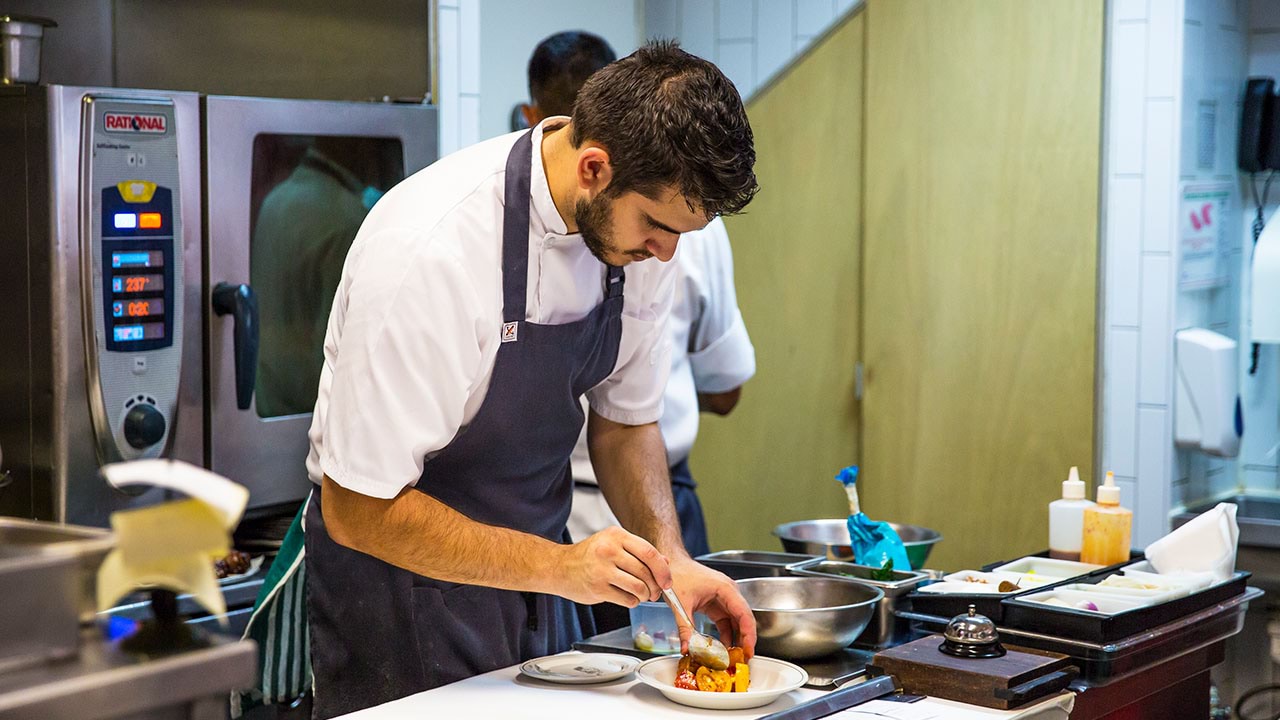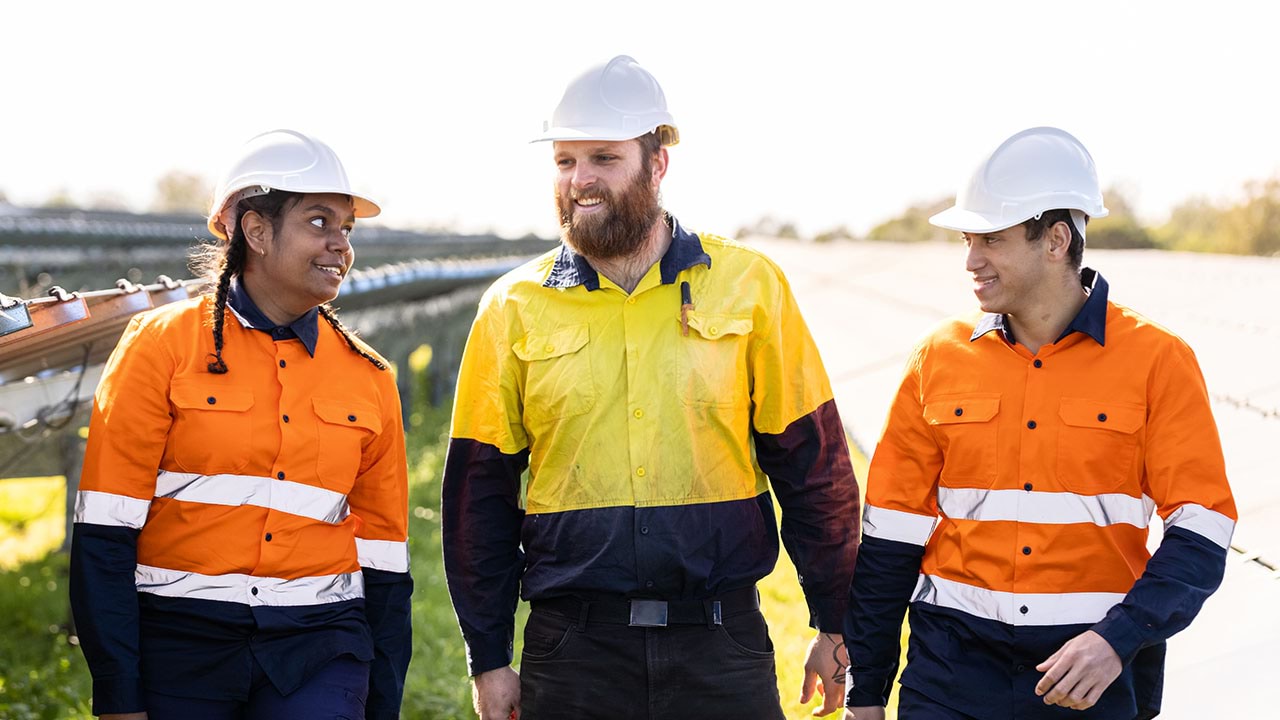Aviation technicians perform maintenance and repair work on aircraft machinery and engines. It’s a great role for the technically minded.
Find out what an aviation technician does and the related Vocational Education and Training (VET) courses and pathways you can take to secure a job.
What is an aviation technician?
As an aviation technician, you will maintain and repair aircraft machinery in hangers, repair stations or airfields.
Safety and compliance are a big part of the job. You will also work with data to solve problems.
This is a good job for people with an interest in mechanics and technology.
Find out more about aviation technicians and these related jobs on the Victorian Skills Gateway(opens in a new window):
- aircraft maintenance engineer (mechanical)(opens in a new window)
- electrical engineering technician(opens in a new window)
- mechanical engineering draftsperson(opens in a new window)
- mechanical engineering technician(opens in a new window)
- production or plant engineer(opens in a new window).
Related training courses
Explore these related TAFE and training courses on the Victorian Skills Gateway(opens in a new window):
- engineering(opens in a new window)
- integrated technologies(opens in a new window)
- mechanical engineering(opens in a new window)
- Certificate III in Aviation (cabin crew)(opens in a new window)
- Certificate III in Aviation (remote pilot) - training.gov.au(opens in a new window)
- Diploma of Aviation (Commercial Pilot - Aeroplane) - training.gov.au(opens in a new window).
You may be eligible for government funding to help pay for your course.
Median salary
The median weekly earnings for mechanical engineering draftspersons and technicians in Australia is $1,823.
Source: Jobs and Skills Australia(opens in a new window)
Note this salary is current as of January 2025 and is indicative only. A range of salaries apply to different roles across the industry. Specific salary data is not available for aviation technicians.
Job demand in Victoria
Below are the projected employment forecasts for mechanical engineering draftspersons and technician jobs in Victoria. Figures show the number of workers in 2024 and the new workers expected to enter the workforce by 2027 and 2034.
‘New workers expected’ accounts for workers adding new jobs to the economy and replacing retirees over the next 3 and 10 years. These projections are estimates only. There will be additional jobs available as people move between jobs and industries.
Specific data is not available for aviation technicians.
| Region | Workers 2024 | New workers expected by 2027 | New workers expected by 2034 |
|---|---|---|---|
| Victoria | 1,453 | 97 | 312 |
| Melbourne – inner metropolitan | 186 | 18 | 61 |
| Melbourne – inner south-east metropolitan | 84 | <10 | 22 |
| Melbourne – southern metropolitan | 329 | 23 | 73 |
| Melbourne – northern metropolitan | 218 | 10 | 47 |
| Melbourne – eastern metropolitan | 307 | 16 | 56 |
| Melbourne – western metropolitan | 96 | <10 | 23 |
| Ballarat and surrounds (Central Highlands) | 23 | <10 | <10 |
| Bendigo, Echuca and surrounds (Loddon Campaspe) | 26 | <10 | <10 |
| Geelong, Colac and surrounds (Barwon) | 72 | 6 | 15 |
| Gippsland | 56 | <10 | 11 |
| Horsham and surrounds (Wimmera Southern Mallee) | 2 | <10 | <10 |
| Mildura, Swan Hill and surrounds (Mallee) | 5 | <10 | <10 |
| Shepparton, Seymour and surrounds (Goulburn) | 10 | <10 | <10 |
| Wangaratta, Wodonga and surrounds (Ovens Murray) | 35 | <10 | <10 |
| Warrnambool, Hamilton and surrounds (Great South Coast) | 3 | <10 | <10 |
Source: Victorian Skills Authority Employment Projections Dashboard
Resources to plan your next steps
Visit our transport and logistics industry profile to find out about:
- what it’s like to work in transport and logistics, and some of the jobs you could do
- training and skills to work in the industry, and financial assistance to help pay for your course
- help getting a job in transport and logistics, and industry job projections for Victoria
- other free resources and advice to plan your training and career.
Explore growing industries in your region
Updated



